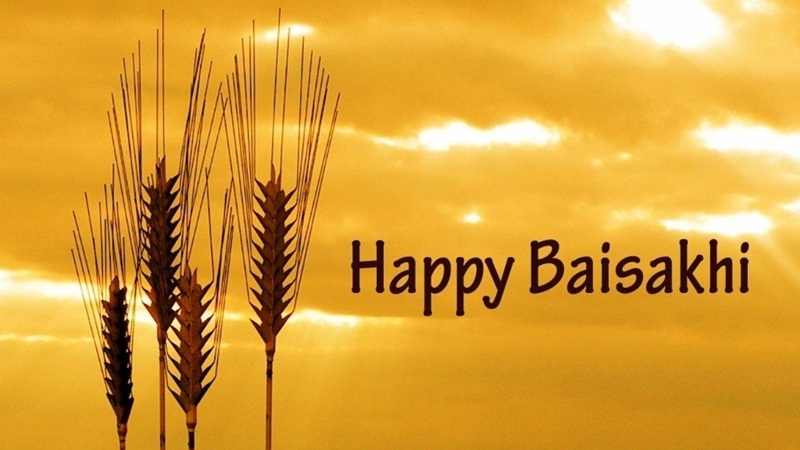Baisakhi is named after the New Year according to the solar calendar followed in Punjab. The festival is celebrated on the first day of the first month of the solar calendar i.e. Vaisakh, that falls around mid-April according to the Gregorian calendar. As the state is largely populated by Sikhs, Hindu Punjabis too follow this calendar, although the significance of this festival is different for both of these communities. Baisakhi is celebrated with a lot of fervor and vigor. Cities, towns and villages adorn a lively look with colorful flags. On this day, special folk song and dance performances are organized. Religious Significance Both Hindu and Sikh communities in Punjab have their own beliefs about the festival. On the day of Baisakhi in 1567, Guru Amar Das institutionalized the day as a day of fellowship among the Sikhs. On the same day in 1699, Guru Gobind Singh established the Khalsa Panth or the ‘Order of the Pure Ones’. With this order, he also conferred the title of Panj Pyare (or the Beloved Five), to five volunteers who were ready to sacrifice their lives for their Guru. Daya Ram (Bhai Daya Singh), Dharam Das (Bhai Dharam Singh), Himmat Rai (Bhai Himmat Singh), Mohkam Chand (Bhai Mohkam Singh) and Sahib Chand (Bhai Sahib Singh) were the first five baptized Sikhs. The significance of this lay in the fact that they formed the inner circles of the Khalsa. Khalsa Panth also eliminated caste and class differences in the Sikh community. Also, he instated the custom of donning the five Ks (Keski– small turban used to cover the Kesh or uncut hair, Kangha– small wooden comb, Kara– steel or iron bracelet, Kacchera– undergarment and Kirpan– a short dagger) at all times. These are significant to Sikh culture as they are items that relate directly to the religion and lifestyle. According to Hindus, it is also believed that Goddess Ganga came to earth on Baisakhi. Therefore, this day is celebrated in her honor as well where members of the Hindu community visit holy centers around the Ganges and take a sacred dip. Cultural Significance Baisakhi is also significant for the farmers as it officially heralds the harvest season. The fact that the year’s Rabi crops are ready to be harvested is a matter of great joy as it symbolizes that the year has ended on a joyous note. This eco-cultural significance of Baisakhi is relevant to farmers irrespective of the religion they follow. Baisakhi Celebrations There are two main types of celebrations that take place on Baisakhi, one pertains to the Sikh community while the other to the farming community in Punjab. Baisakhi Celebrations by the Sikh Community Considered a day of religious devotion, men, women and children wake up before dawn, take a bath, wear new clothes and visit the neighborhood Gurudwara where they offer special prayers. After the recital of religious songs and discourses, kada prashad (sweetened semolina) is distributed to all the devotees. The biggest Gurudwaras in Punjab (such as the Golden Temple in Amritsar) witness the largest number of devotees on this day. The holy visit is followed by a Baisakhi procession known as Nagar Kirtan which is led by the Panj Pyares. The highlights of this procession include mock duel enactment, religious song performances and folk dance performances like Bhangra and Gidda. Towards the evening, families visit close relatives and exchange greetings and gifts.
Baisakhi
Jesica Sen
||
Post On > Apr 10 2024 ||


asd
2025-10-13 02:40:59

The Soul of Bengal: A Tribute to Nazrul Sangeet
2025-09-01 13:45:33

The Psychology of Singing: How Your Mood Shapes Your Voice
2025-08-20 11:02:30

Respecting Stage Artists: The Heartbeat Behind Every Performance
2025-08-06 11:30:17

1
2025-07-30 11:24:31

Uttam Kumar Movie Songs: The Golden Voice of Bengali Cinema
2025-07-24 11:39:01